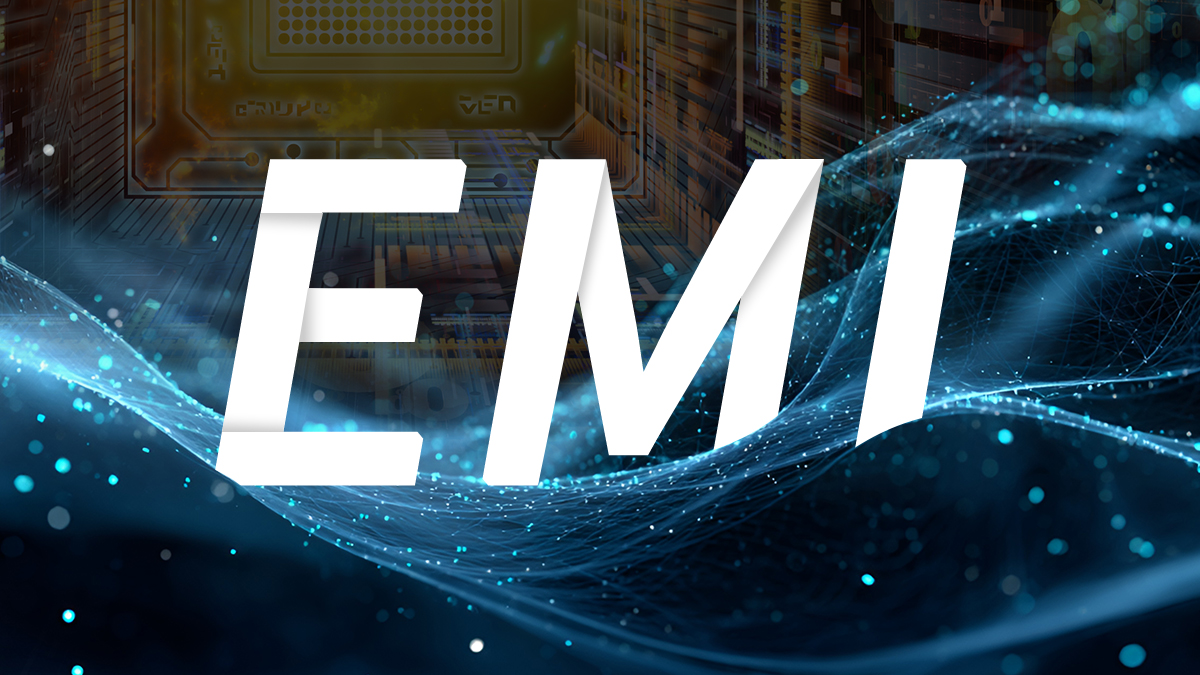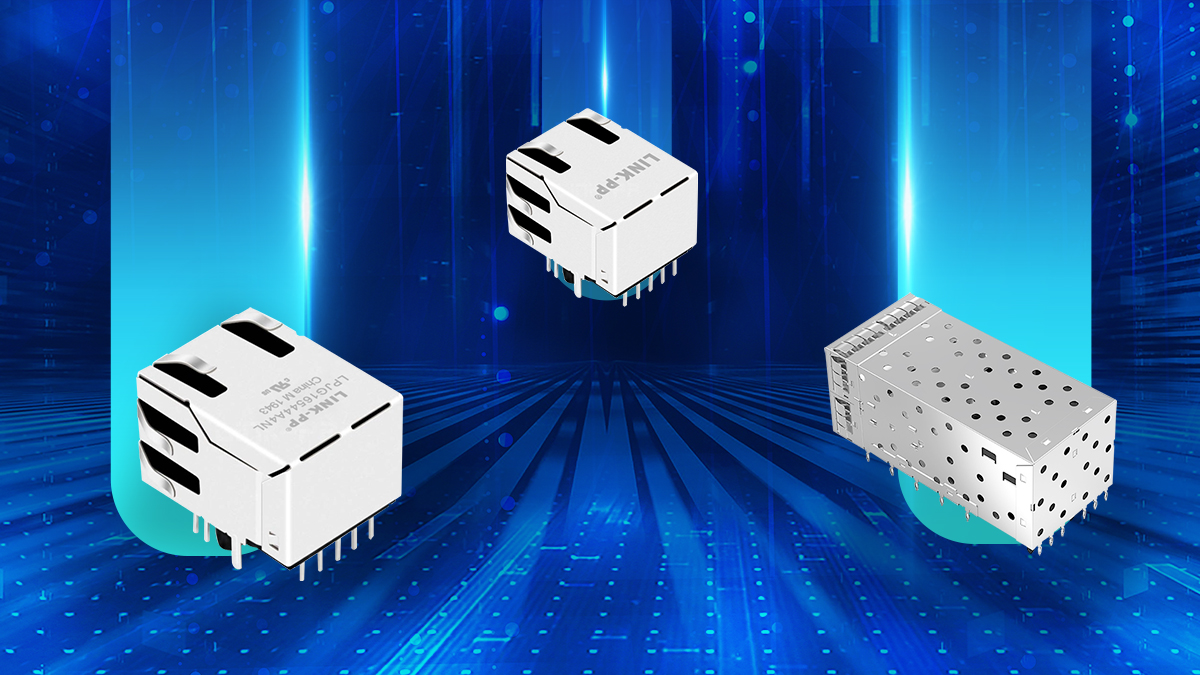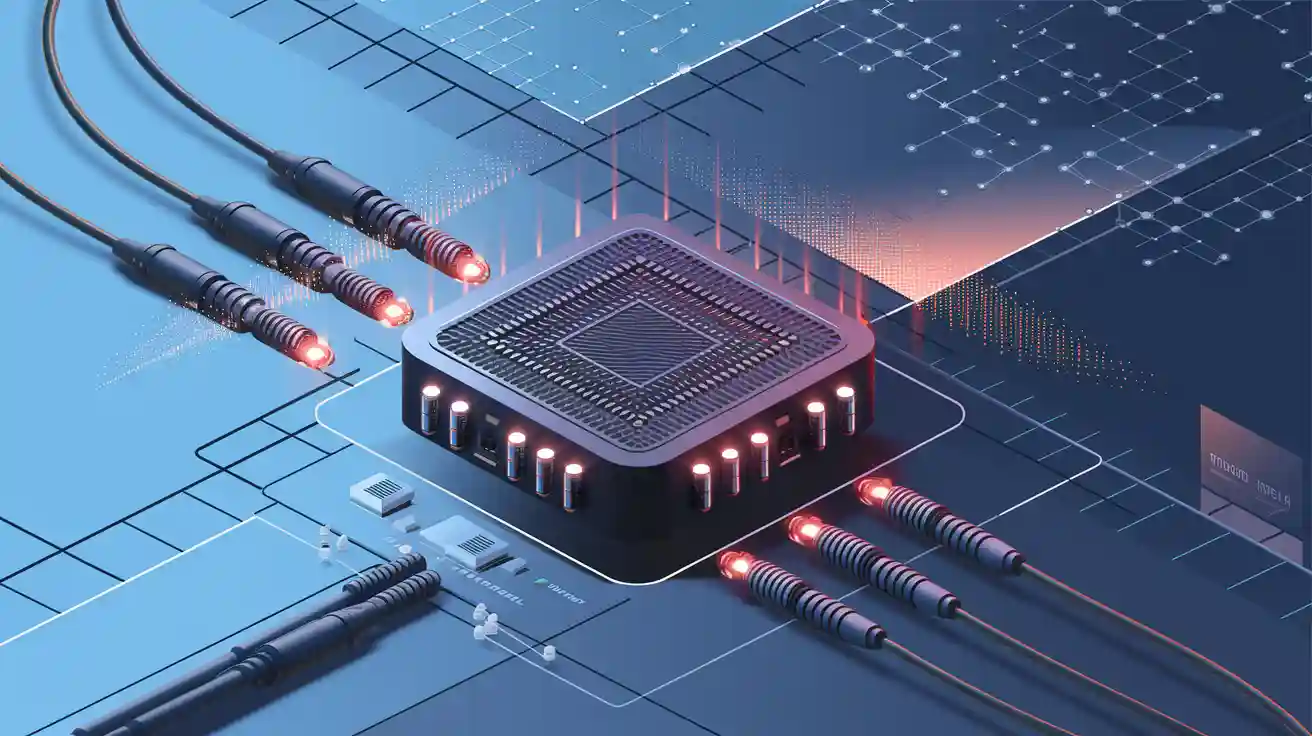
Electromagnetic Interference (EMI), also known as radio-frequency interference (RFI), refers to unwanted disturbances generated by external sources that affect an electrical circuit through electromagnetic induction, electrostatic coupling, or conduction.
In simple terms, EMI is the "noise" that can disrupt or degrade the performance of electronic devices and systems.
Key Takeaways
Electromagnetic interference (EMI) can mess up electronics. It may cause slower speeds or make devices stop working.
EMI comes from nature, like lightning or solar flares. It also comes from man-made things, like motors or wireless gadgets.
To keep devices safe from EMI, use shields, filters, and good grounding.
🧠 Definition of Electromagnetic Interference
Electromagnetic Interference (EMI) is a disturbance that negatively impacts the performance of electrical or electronic equipment. It can result in degraded signal quality, data loss, or total failure of electronic systems.
📊 Types of EMI
Type | Description | Examples |
|---|---|---|
Conducted EMI | Travels through wires or PCB traces. | Noise in Ethernet cables, power lines |
Radiated EMI | Travels through air without physical conductors. | WiFi issues from microwaves or radios |
Continuous EMI | Constant, steady interference. | Noise from motors or RF devices |
Impulse EMI | Short, sudden bursts of interference. | Lightning, ESD (electrostatic discharge) |
Narrowband EMI | Affects a specific frequency range. | AM/FM radio interference |
Broadband EMI | Affects a wide range of frequencies. | Faulty equipment causing general noise |
Natural EMI | From environmental or atmospheric sources. | Thunderstorms, solar flares |
Intrasystem EMI | Internal system interference or coupling. | PCB trace interference within a device |

⚡ What Causes Electromagnetic Interference?
Electromagnetic interference (EMI) can originate from various sources, disrupting the performance of electronic devices. Understanding these sources helps you identify and mitigate the common causes of electromagnetic interference effectively.
Natural Sources
Nature itself generates electromagnetic energy that can interfere with electronic systems. Lightning strikes are one of the most powerful natural sources of EMI. When lightning occurs, it produces electromagnetic pulses that can disrupt nearby devices. Solar flares also contribute to interference. These bursts of radiation from the sun can affect satellite communications and GPS systems.
Another natural source is the Earth's magnetic field. Variations in this field, such as geomagnetic storms, can impact power grids and communication networks. Even everyday weather phenomena, like thunderstorms, can create electromagnetic disturbances.
Human-Made Sources
Human activities are a major contributor to EMI. Electrical equipment, such as motors and generators, often emits electromagnetic energy during operation. Power lines can act as conduits for EMI, spreading interference across large areas.
Wireless communication devices, including cell phones and Wi-Fi routers, are another common source. These devices emit radiofrequency signals that can interfere with other electronics. Electronic components even circuit boards and connectors can generate EMI if poorly shielded. Industrial machinery, especially in factories, generates EMI due to high-power operations.
By recognizing causes of EMI, you can take steps to protect your devices and systems from electromagnetic interference.
🧲 Effects of EMI
Impact on Consumer Electronics
Electromagnetic interference can significantly affect your everyday devices. Smartphones, laptops, and smart home systems often experience performance issues due to EMI. For instance, you might notice slower internet speeds or dropped calls when radio frequency interference occurs. This disruption stems from overlapping signals that interfere with device functionality. LINK-PP now invest heavily in shielding materials to ensure devices meet electromagnetic compatibility (EMC) standards. These materials reflect and absorb electromagnetic radiation, preventing external interference from penetrating circuits.
Disruption in Industrial Systems
EMI poses a serious challenge in industrial environments. High-powered machinery and electrical systems often generate interference that disrupts operations. For example, EMI can cause malfunctions in automated assembly lines or distort sensor readings in manufacturing plants. These disruptions lead to production delays and increased costs.
Risks in Critical Infrastructure
Critical infrastructure, such as power grids and data centers, faces significant risks from EMI. Electromagnetic pulse (EMP) and geomagnetic disturbance (GMD) events can damage electrical components permanently. These events disrupt essential services, including communication networks and energy distribution. Protecting critical infrastructure from EMI is vital to prevent widespread outages and ensure national security. For instance, the impact on data centers could result in the loss of sensitive information.
🔍 How to Detect Electromagnetic Interference
Detecting EMI can be challenging but crucial. Here are common methods:
Spectrum Analyzer: Measures electromagnetic signals across various frequencies.
Near-Field Probe: Used to pinpoint localized sources of EMI on PCBs or devices.
EMI Test Chambers (Anechoic Chambers): Used in professional labs for compliance testing.
Visual Inspection: Poor cable shielding, ground loops, or PCB layout issues can be clues.
Intermittent Device Failures: A sign of EMI especially if performance drops near other electronics.
🛠️ How to Solve EMI Problems

Reducing or eliminating EMI requires proper design and mitigation strategies:
1. Shielding
Use metallic enclosures or shielded cables to block external electromagnetic fields.
✅ Solution Highlight 1: LINK-PP RJ45 Connector with Shielded EMI Fingers
These high-performance connectors are designed with EMI shield fingers to block electromagnetic interference. Ideal for networking devices, they help stabilize signal transmission and prevent EMI-related failures in high-speed Ethernet systems.
✅ Solution Highlight 2: LINK-PP Fiber Optic Cages & Connectors with EMI Spring Finger
LINK-PP’s fiber optic cages and connectors feature EMI spring fingers that ensure strong grounding and shielding. These are essential in high-speed optical communication systems where EMI can cause significant signal degradation. Their robust design makes them a preferred choice for Optical Transceiver.
2. Grounding
Ensure all components are properly grounded to prevent stray currents.
To implement effective grounding, you should:
Use Dedicated Grounding Points: Avoid sharing grounding paths with other systems to reduce interference.
Maintain Low Impedance: Ensure the grounding path has minimal resistance to allow efficient energy dissipation.
Inspect Regularly: Check for corrosion or loose connections that could compromise grounding effectiveness.
By combining grounding with shielding and filtering, you can create a robust defense against EMI. This approach not only protects your devices but also helps you comply with standards like the EMC Directive.
3. Filtering
Add EMI filters (ferrite beads, capacitors, etc.) at power entry points and on signal lines.
4. PCB Design Best Practices
Use ground planes, minimize loop areas, and keep high-speed signals short.
5. Twisted-Pair Cables
Help cancel out electromagnetic fields and are often used in Ethernet and data transmission.
6. Physical Separation
Keep high-frequency or high-voltage components away from sensitive analog circuits.
📘 EMI Glossary (Quick Terms)
Term | Definition |
|---|---|
EMI | Electromagnetic Interference |
RFI | Radio Frequency Interference |
Shielding | Using materials to block electromagnetic fields |
Filtering | Using components to block unwanted signals |
Ground Loop | A source of EMI due to improper grounding |
Spectrum Analyzer | Tool to visualize frequency-based interference |
✅ Conclusion
Electromagnetic interference disrupts devices and systems, originating from natural and human-made sources. It affects consumer electronics, industrial operations, and critical infrastructure. Shielding, filtering, and grounding reduce its impact. Continuous monitoring of electromagnetic fields identifies exposure trends and mitigates risks from emerging technologies like 5G. Protecting your devices ensures reliability and safety in modern environments. Understanding and solving EMI is essential for maintaining the performance and reliability of modern electronic systems. From routers to industrial control systems, EMI can silently cause serious issues.


